The beautiful self-titled 1967 LP from Afterglow belongs in the pantheon of Northern California underground music. Full stop.
Originally dubbed “The Medallions,” Afterglow was formed by five high school friends in 1964 in isolated Fort Jones, CA, located in beautiful Siskiyou County.
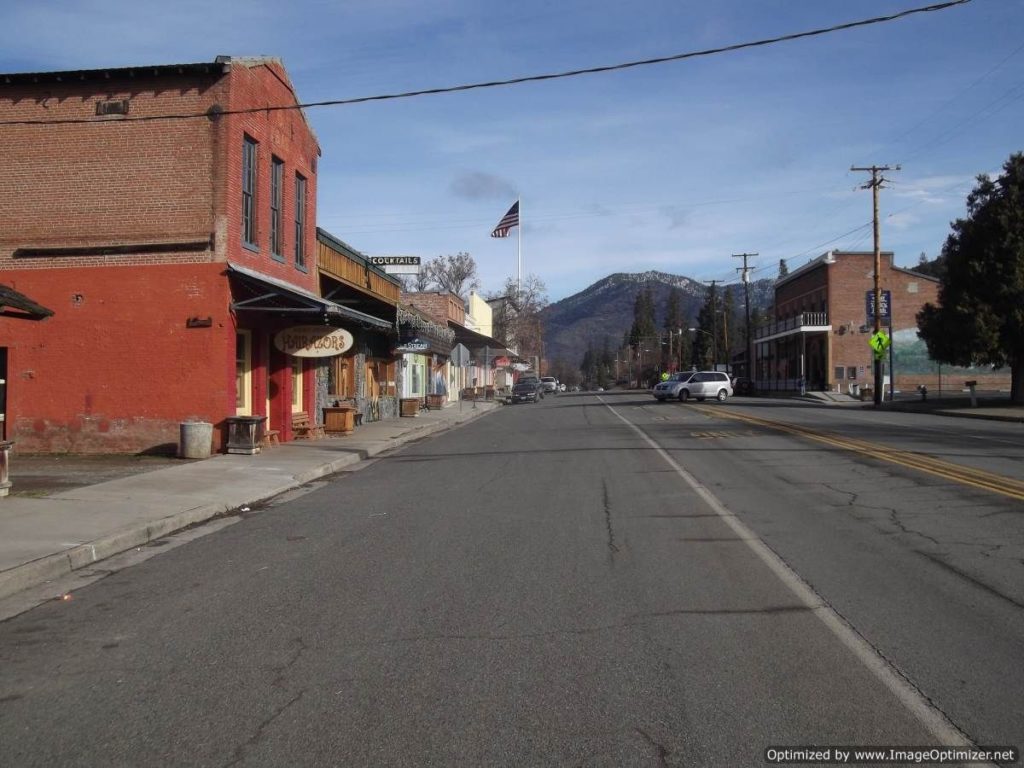
“I was raised in a very rural country setting, with very little exposure to the music scene. The nearest music store was over 100 miles away, ” Afterglow drummer Larry Alexander recalls. “We’d be on roads up there where you wouldn’t see a car for an hour.”
At the heart of Afterglow was songwriter Tony Tecumseh, considered one of the first Native American composers in rock music. Tony’s heritage was Klamath and Modoc. He was a descendant of Winema, famous for her role in the Modoc Wars of the 1870s.
“We’d be on roads up there where you wouldn’t see a car for an hour.”
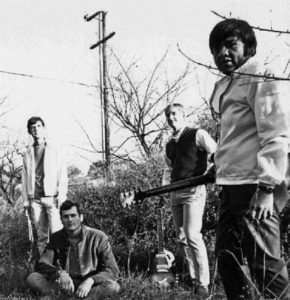
“Afternoon” was the opening track on the first BTRC compilation I made for friends in 2010. Tony’s opening guitar chords emulate the afternoon chime of Big Ben, jolting the listener awake before descending into a dreamy, melancholic verse. Larry’s breezy, rolling drums fuse with Ron George’s bass to carry a solemn vocal melody from Tony and Gene Resler, punctuated by Roger Swanson’s insistent, pulsing Farfisa organ.
Beyond the excellent quality of the music, Afterglow as a band is fascinating to me. Fort Jones has a population of 500– how could a band like this exist in such a remote part of the state? Growing up in rural Northern California myself, it was always pretty clear – music was happening south of us (San Francisco, Santa Rosa) but almost never to the north. As a kid in the 90’s my family vacationed in the Shasta area– a truly special, beautiful & isolated place. Imagining a band making such outstanding music in such a remote place blows me away.
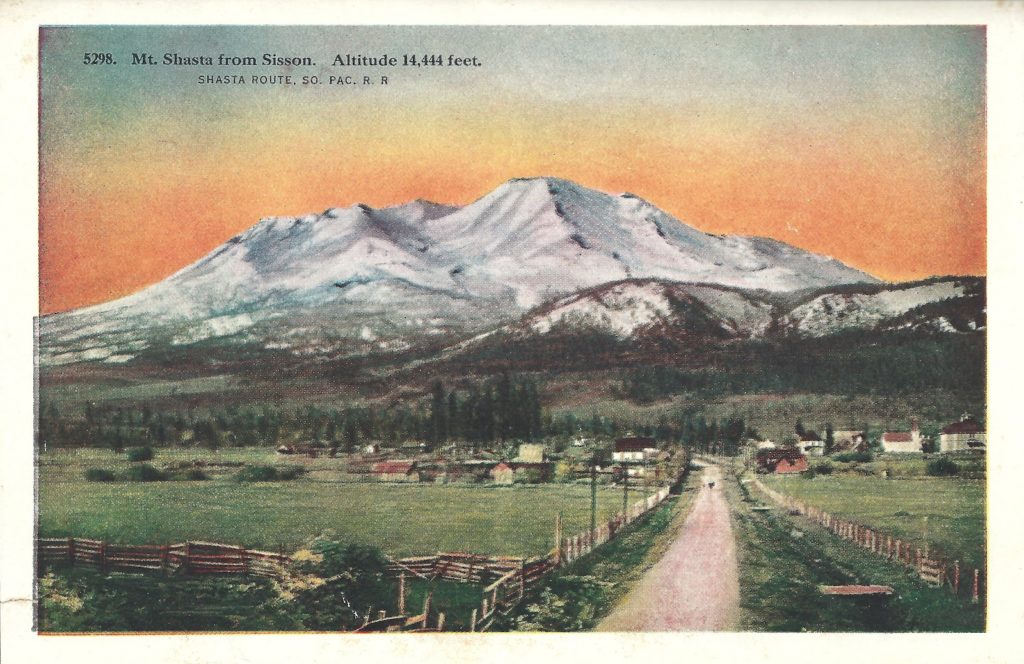
After high school, the Medallions took a break, with members relocating to College of the Siskiyous in Weed, Chico State University & Yuba College. Reforming in 1966, they started playing pizza parlors, county fairs, school proms, local hangouts, battles of the bands, and Armory dances in Northern California & Southern Oregon, opening for the Turtles and the Beau Brummels.
The Medallions gained local traction, and landed a publishing deal with Leo Gar De Kulka‘s Golden State Recorders in San Francisco. In the summer of 1967, Larry Alexander’s parents moved all the furniture out of their living room, letting the band rehearse in Fort Jones for three months before heading into the studio in the fall. Their album was recorded by Gar De Kulka in San Francisco, an 8 hour drive, and the closest recording studio available to them at that time. For most of the band, it was their first time in a city.
The band’s experience with Golden State was not great. Almost every song was tracked in one take, under the premise that the band was recording a demo. Promises to “touch up” these recordings were never fulfilled. To the band’s surprise, their demos were compiled into an album released by MTA records. At the label’s direction, the band changed their name to Afterglow. The iconic album cover, whose psychedelic style was a complete surprise to the band, was also a label decision with no input from the band. The band saw the cover for the first time upon receiving their first box of LPs.
Afterglow’s songs did well on local radio. “Riding Home Again” held the #1 spot for 21 weeks on KSYC in Yreka, and #1 for several weeks at another local station in Redding.
“I love this song because I can just see all of us riding through the beautiful countryside and forests in the mountain territory that we lived in,” Gene Resler would later say of the track. “We were so lucky to have the opportunity to live in such a beautiful part of California.”
“Tony drove a lot to get to our gigs and practice. I imagine he wrote this on one of his many trips back home to Klamath Falls, Oregon,” Ron George recalls.”We thought this would be the song that defined the album.”
The album contains easy riders like “Dream Away” and “Chasing Rainbows“, along with the rocker “Morning“, a relatively aggressive track about the uncertainty of the Vietnam war era, and the off-the-deep-end “Susie’s Gone” – probably my cat’s least favorite song ever. “The one song we didn’t write.” Ron George said in an interview with the Slovenian webzine It’s Psychedelic, Baby, “[It was] written by a California Highway Patrolman based in Chico, CA. Byron Boots was also a jazz musician and wrote several songs for us to record. He said this was the next direction for rock music. Our friends didn’t like it but the world did. We tried to find him when we heard about the 1995 release but could not get personal info from CA State, and were generally told he probably passed away years ago. Would love to talk to him or his family so his ultimate success could be celebrated.”
Although they did well locally, Afterglow found it difficult to succeed. Following the release of the album, Golden State Recorders and MTA had a falling out, and MTA barely distributed the album. It was nearly impossible to find for the band’s growing local fan base, and never stood a chance at commercial success. Feeling burned by a bad deal, the band called it quits and went their separate ways.
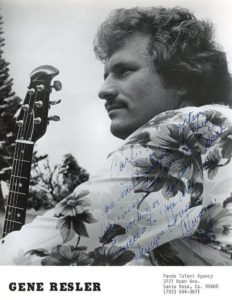
Over the years, the album became a collector favorite, and was reissued by Sundazed in 1995. The band gradually learned of their cult following. Sundazed, at the time of the documentary below, never compensated the band for their share of profits for the reissue.
Afterglow re-formed in 2007 (without Tony Tecumseh, due to his poor health), and released a second album in 2012. In 2011, Tony received a lifetime achievement award from the Native American Music Awards one, year before his passing in 2012, recognized for his historic contributions to rock music.
- Ron George, bass and vocals (Mount Shasta, California)
- Roger Swanson, keyboards and vocals (Mount Shasta, California)
- Tony Tecumseh, guitar and vocals (Klamath Falls, Oregon)
- Larry Alexander, drums (Fort Jones, California)
- Gene Resler, guitar and vocals (Dorris, California)
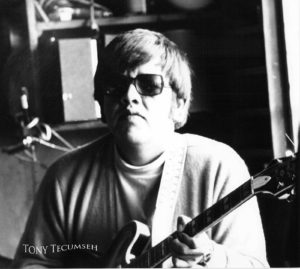
Standout tracks: